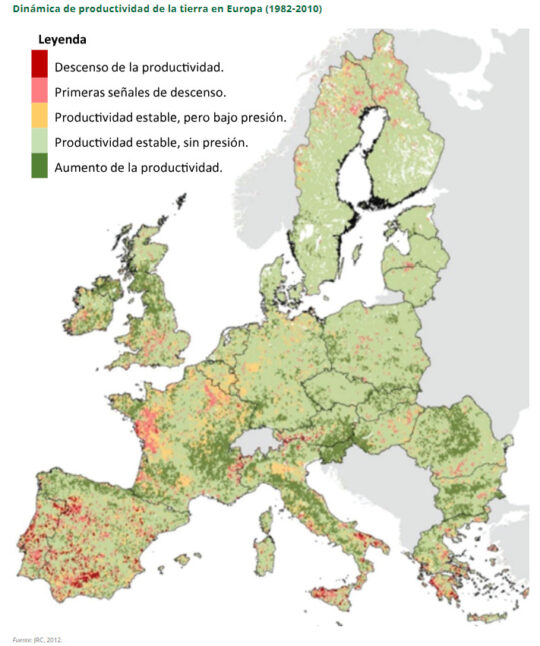
Soil biodiversity is under pressure in 56% of total European soil. 14% at high risk. 40% of 14 Member States (MS) (EU + UK) under moderate-high to high potential risk.
Despite these risks, the importance of soil biodiversity and its conservation is partially neglected in EU policy making. Its conservation is excluded from nature conservation objectives.
For example, in the EU Habitats Directive, invertebrates are under-represented (despite the fact that the vast majority of invertebrates have a life stage in soils and are therefore considered part of soil biodiversity, according to the FAO).
Further evidence is that they receive 468 times less funding for conservation projects compared to vertebrates.
In recent years and in comparison to the rest of the world, the EU has become a pioneer in the vision of soil biodiversity protection.
For example, the Biodiversity strategy for 2030 (europa.eu) (COM/2020/380) considers soils as a habitat in their own right and both the Biodiversity 2030 and the Farm to Fork Strategy (COM/2020/381) call for better soil protection. In addition, the EU has recently launched the Zero Pollution Action Plan Zero Pollution of Air, Water and Soil (European Commission, 2021b) to address concerns about the impact of pollutants on the state of soil. Most importantly, the Soil strategy (europa.eu) was launched in November 2021, with a view to bringing the legal status of soil in line with that of water and air through a Soil Health Act, expected by 2023.


